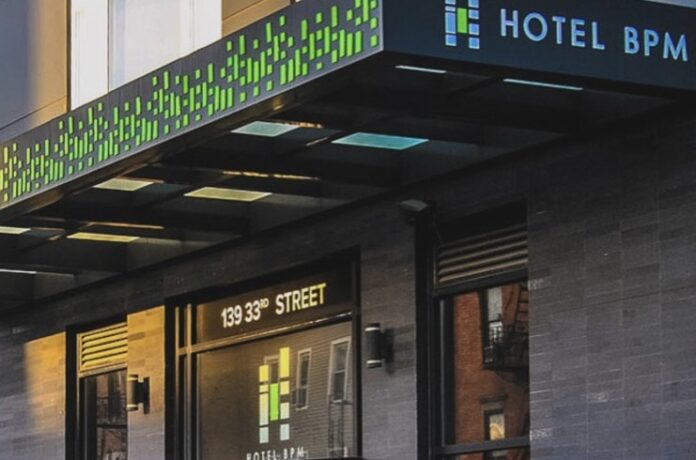
There’s no shortage of lifestyle boutique hotels today. In fact, the term “lifestyle” has been so widely adopted by large hospitality brands that it’s hard to tell what it even means anymore. Properties are often heavy on trend, and light on substance, focused more on photo ops than guest experience. The result? A sea of style-forward spaces that all start to feel the same. That’s why a successful lifestyle hotel today can’t just be another exercise in branding or interior design. It has to start and end with the guest.
As an established hotelier who’s traveled across continents and stayed in hundreds of hotels, Bijal Panwala knows firsthand how often hotel design misses the mark. For example, there are far too many rooms that look great in photos but often don’t function well in practice. Other details that guests notice, like poor lighting in the bathroom, awkward furniture layouts, or a lack of sound privacy, are often overlooked by operators focused on form, rather than function.
Instead of replicating what already exists, hoteliers must look at the hotel experience from the perspective of the guest, not the property owner. Design decisions should be rooted in actual guest behavior. For example, implementing fog-proof mirrors in the bathroom, so two people can get ready at once, without delay, would be an improvement. Incorporating sound machines in every room as a default, rather than a nice-to-have, for a better night’s sleep is another possibility. One could also use built-in speakers that play music from the main room into the bathroom, making the entire space more usable and cohesive. It’s not just about gadgets or furniture. It’s about how guests actually live in the space.
The most successful lifestyle hotels understand that the stay itself is part of the experience; the properties aren’t just a place to rest between activities. A true lifestyle hotel doesn’t just look different; it makes you feel different. It becomes part of your travel story.
Other ideas include replacing large dressers with open closet systems to reduce clutter and make packing and unpacking easier. Public spaces must be reconsidered to support how people work and socialize post-pandemic, including providing more power outlets, flexible seating, and communal areas that double as co-working spaces by day and social lounges by night.
A smart lifestyle hotel isn’t just about being cool. It’s about being useful. It’s about solving the little things that make a stay feel seamless. In an industry flooded with options, guests will always remember how a hotel made them feel, and whether it made their lives easier or harder.
For owners and operators hoping to enter, or reinvent themselves in, the lifestyle category, the advice is simple: don’t start with your brand vision. Start with your guests. Ask yourself: What are the pain points in their day? What do they need to rest, recharge, and feel inspired? What would actually make their experience easier or more enjoyable? Design around that. Build around that. Operate with that in mind every day. Because ultimately, the strongest boutique hotels don’t just reflect a brand – they reflect the guests they serve.











